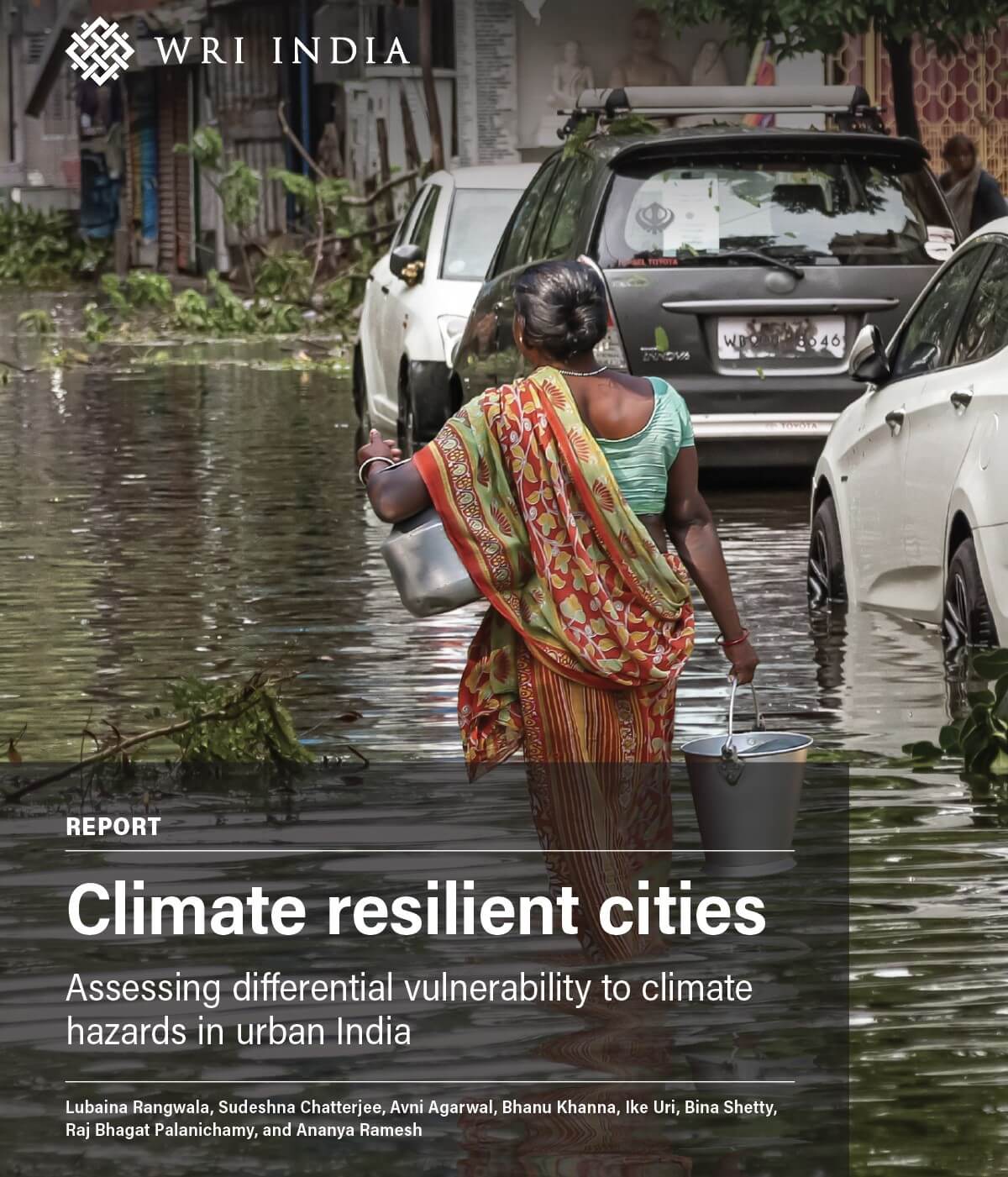Wind Energy Technology in Tamil Nadu: What the Future Holds
by -
The Renewable Energy (RE) sector has primarily driven India’s transition to clean energy. India’s total wind energy is close to 37.7 GW, the fourth highest in the world after China, the US, and Germany (March 2020).
Globally, the offshore wind turbine installation as of 2019 stands at 29 GW. India’s national Ministry of New and Renewable Energy (MNRE) plans to ramp up energy production from offshore wind turbines in India to 5 GW by 2022 and 30 GW by 2030. An assessment by the National Institute of Wind Energy (NIWE) in 2017 pegged the total potential of offshore wind capacity in India at 302 GW (at 100 meters above ground level). Nearly 35 GW of this wind capacity, is off the Tamil Nadu coast.
WRI India conducted a webinar to discuss the benefits and challenges with offshore wind energy – with a particular focus on Tamil Nadu. The webinar was organized on 25 September 2020 with some of the industry’s biggest names and representatives of the Indian government. The webinar aimed at enhancing knowledge, gaining valuable insights, and communicating new and innovative ideas amongst the wind energy community, with a particular focus on accelerating development in the offshore wind space in Tamil Nadu.
The webinar included an introductory speech by Ms. Jennifer Fagan, First Secretary, Trade and Investment, Department for International Trade, British High Commission who spoke about the UK’s efforts at addressing climate change and how offshore wind plays an important role in UK’s climate mitigation strategy. The UK is hosting the COP26 in 2021 in Glasgow with over 1000 global delegates to explore next steps towards addressing climate change. The UK has achieved 47% generation from renewables in the first quarter of 2020 which is the equivalent of 2-months of coal-free power. It has the largest offshore wind array, globally. Through technical assistance programs, the UK works closely with India’s MNRE and NIWE on research and innovation in the wind sector, particularly offshore and storage.
A keynote presentation by NIWE discussed MNRE’s proposal to install 3 LIDAR (Light Detection and Ranging) stations to gather offshore wind energy data. NIWE also plans to invite academic institutions to research the aerodynamic profiles of blades, generator studies, etc., to optimize the Levelized Cost of Energy (LCOE) of power generation per Indian climatological conditions.

The webinar included important discussions by sector experts with a wide range of experience in offshore wind energy projects around the world. Here are the key takeaways from the webinar:
Tamil Nadu should exploit the boom in offshore wind energy
In the past decade, the global offshore wind market has significantly expanded and is currently seeing rapid growth in Asia. India's offshore wind potential is considerable. NIWE has recently launched a wind potential map for India based on a hub height of 120 m, with a total potential estimated at 695 GW. Of this, Tamil Nadu alone could contribute around 68 GW. Tamil Nadu has wind speed ranging from 8.66 m/sec at 100 m hub height to 9m/sec at 120 m hub height. After Tamil Nadu, the next state with significant offshore wind generation potential and wind speed is Gujarat. NIWE has also completed a study to evaluate the potential for near-shore wind energy deployment. Five zones near ports have been identified to accommodate 1800 MW (at a capacity utilization factor (CUF) of 30%).
Leveraging technological innovations
From data analytics to power generation – this offshore wind energy sector has witnessed tremendous innovations in the last few years. LIDAR data accuracy has improved significantly in recent times. Other concepts, such as floating offshore wind technology and achieving higher efficiencies in wind turbine size, have reduced the LCOE by 66% since 2014. Integrating wind into the grid through digitization, building interconnectors to strengthen the grid, and integrating energy storage solutions are three critical areas to accelerate the growth of offshore wind energy in India.
Wind energy will benefit from scaling up
In onshore wind projects, the turbine accounts for 70% of the cost, while the surrounding infrastructure accounts for the remaining 30%. In the case of offshore wind, the reverse is true. The pilot and initial projects in India could be high cost, due to the absence of a domestic market. The Indian government needs to start pilot projects up to about 100 MW and then scale the numbers and sizes of installation. As offshore wind generation capacity is enhanced, costs will stabilize and further decrease as the ecosystem around offshore wind grows. As Alok Kumar from DNVGL pointed out, "the offshore wind market is highly capital intensive and is not a one-time investment. One needs to develop an effective stakeholder engagement strategy to get everyone on board". There is a significant opportunity for the offshore wind supply chain to grow. For this to happen, India will need to overcome long project lead times and investment horizons limits.
What India could learn from other nations
Governments across Europe and Asia have set ambitious targets for expansion within the offshore wind sector. Taiwan has been aggressive in planning and adoption of offshore wind. Liming Qiao and Alastair Dutton, Global Wind Energy Council (GWEC), laid out the reasons for successful implementation of offshore wind globally and learnings for India:
- Firm and stable government policy and long-term vision.
- Favourable feed-in-tariff.
- Aggressive targets and regulations.
- Strengthened grid and port infrastructure.
- Developing internal capacity through skilling and reskilling.
Challenges Facing India
India needs to overcome the significant challenges of port infrastructure and high initial investment for the offshore wind energy sector to grow. We must look at capacity building initiatives that could train existing industries (maritime engineering, oil and gas, etc.) to handle offshore wind projects that could help bring down costs. International investment will be required. India must adopt mechanisms to strengthen the supply chain by leasing port land and encouraging global offshore wind technology and experience to be adapted to the local fiscal. We must also make project implementation and clearance processes more efficient, without compromising social and environmental safeguards
The webinar closed with a suggestion for clean energy experts, researchers, private sector and national and state governments in India to work together and explore implementation of new clean energy technologies like offshore wind. Done right, this could help India achieve higher levels of energy security while also accelerating India’s transition to a clean energy future.


